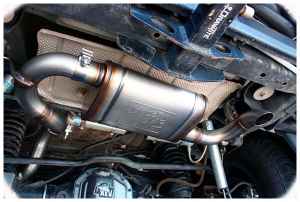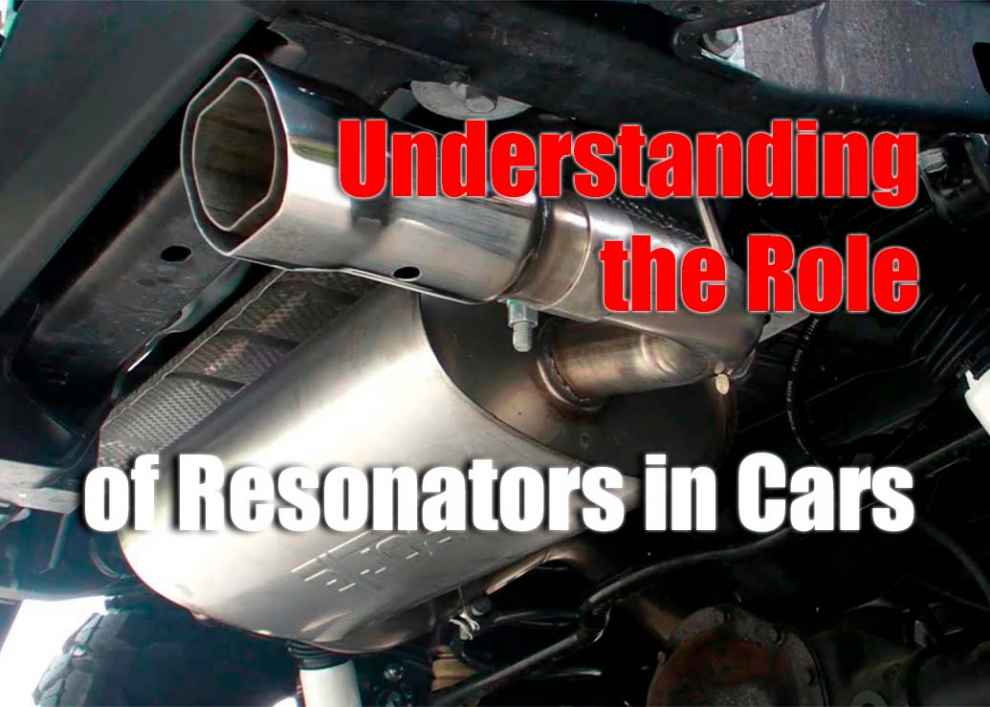When trying to understand the role of a resonator in a car, it’s important to first know what it is and how it works. A resonator is a component of many modern exhaust systems, located between the exhaust manifold and muffler. It helps to reduce engine noise and create a smoother flow of air through the exhaust system.
What Is A Resonator?

How Does It Work?
Resonators work by reflecting sound waves back towards their source before they reach the interior cabins of cars. This way, most of the harmful noise an engine produces is absorbed inside the resonator’s chamber instead of being heard in the cabin, which can be annoying and distracting. The design of each resonator is tailored to the specific application it is used for, allowing for maximum sound absorption.
Difference Between a Resonator and a Muffler
Although both are used to reduce sound from an exhaust system, there are some key differences between a resonator and muffler. A muffler is designed to absorb sound waves directly from the exhaust system while a resonator works by reflecting and re-directing sound waves to cancel out noise. Additionally, while mufflers typically use several chambers or baffles to absorb unwanted pressures and sounds, resonators only use one chamber that helps redirect sound waves.
Conclusion
A car’s resonator is an important part of an exhaust system as it helps reduce engine noise and allows for smoother airflow through the pipes. It works by absorbing or reflecting certain frequencies of sound in order to dampen its effects on the engine’s overall performance. By understanding how this component works in your vehicle, you can ensure that it is kept in working order for optimal performance.

Add Comment